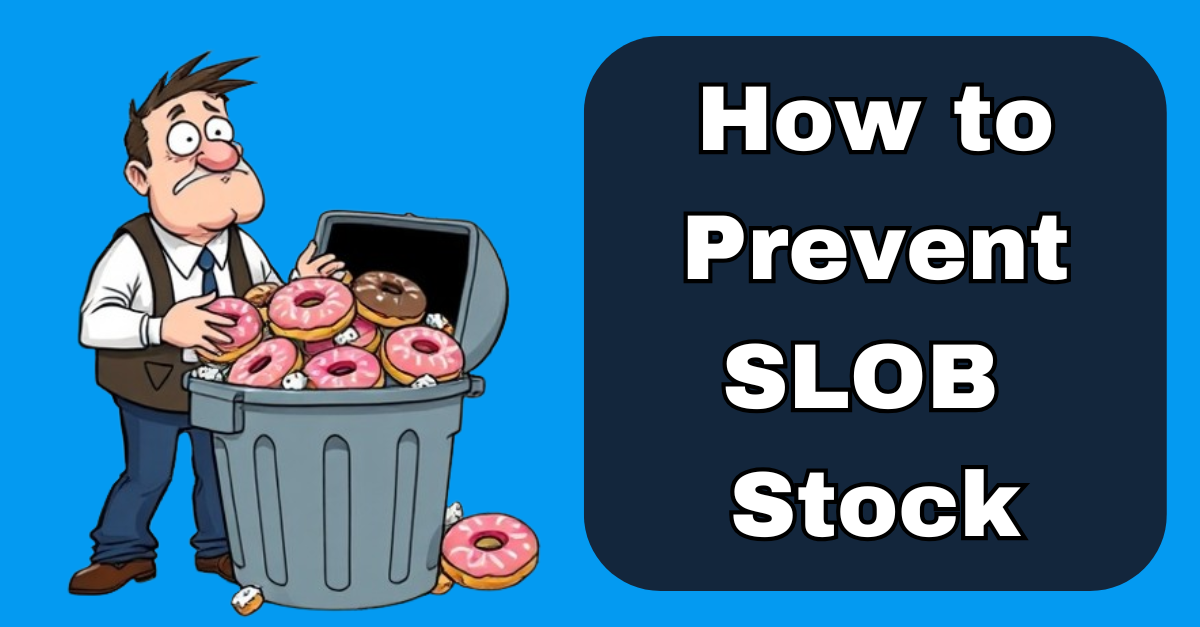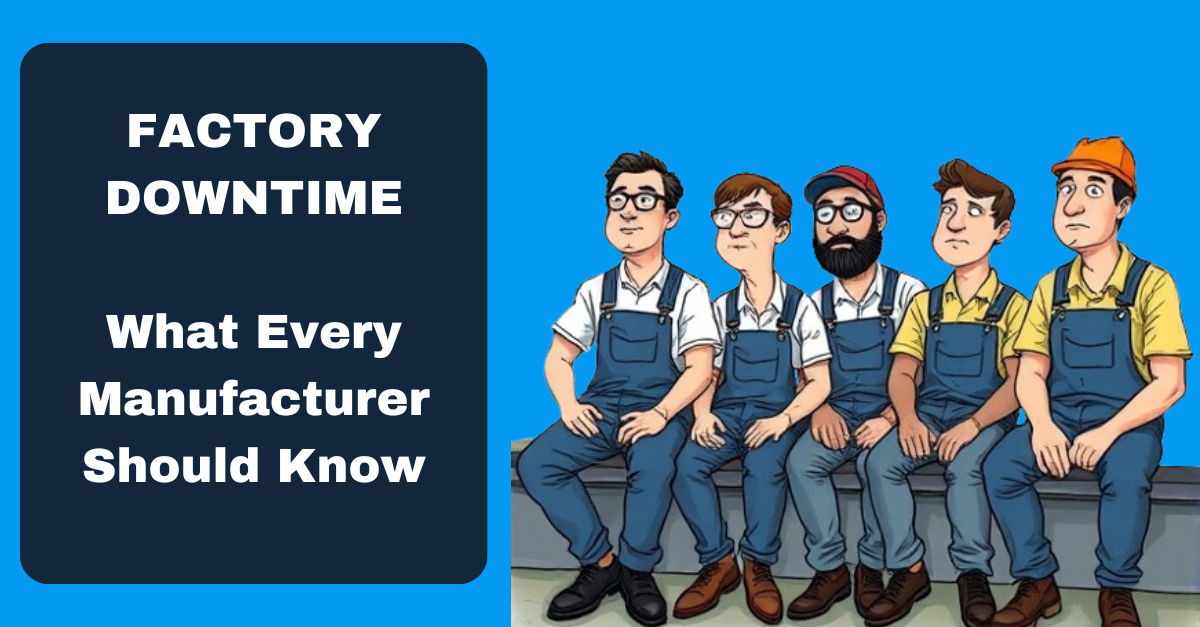Running a factory isn’t easy. You’re constantly trying to keep costs under control while delivering a product that lives up to customer expectations. Go too far one way, and you’re stuck with a quality problem that frustrates your buyers. Go too far the other, and your margins shrink to nothing.
Striking a balance between quality control and cost-effective production isn’t a “nice to have”—it’s essential. But where do you draw the line?
Why Quality Really Matters
At the end of the day, your reputation is built on the quality of what you produce. No one comes back for more if your product fails to meet their expectations. Worse still, poor quality can cost you a lot more than it saves—refunds, complaints, and bad reviews are expensive, both financially and emotionally.
And if your product needs to meet industry standards or regulatory compliance (think food and beverage, for example), the stakes are even higher. A quality slip-up can mean hefty fines, recalls, or losing your license to operate.
In short, quality is non-negotiable. But that doesn’t mean you can ignore the cost side of the equation.
The Pressure to Cut Costs
We all know the pressure to keep costs down. Raw materials, labor, utilities—it all adds up, especially when you’re up against competitors with bigger economies of scale. The temptation to go cheap on materials or skip a few steps in production can be hard to resist.
But here’s the problem: cutting costs too aggressively usually ends up biting you. That cheaper raw material? It breaks more often, leading to rework and waste. Skipping quality checks? Sure, you saved some time, but now you’re dealing with defects down the line.
Saving a few bucks up front only works if it doesn’t lead to bigger headaches later.
Know What Your Brand Stands For
This is where understanding your brand comes in. Are you all about delivering the highest quality, no matter what? Or are you trying to offer a balance of affordability and reliability?
If you’re aiming for premium quality, your customers need to know why your products might cost more. Spell it out. Maybe your products last longer, perform better, or are made from sustainably sourced materials. If you can show the value, most customers won’t mind paying for it.
On the flip side, if you’re competing on price, you’ve got to be careful. Lowering costs is fine, but it can’t come at the expense of delivering what you promised.
Some Industries Don’t Give You a Choice
It’s worth saying that the “quality vs. cost” debate isn’t the same across the board. Some industries just don’t have the luxury of cutting corners.
Take food and beverage, for example. There are strict safety standards you can’t avoid, no matter how much you want to save. The same goes for industries like pharmaceuticals or automotive, where quality failures can have serious consequences.
For businesses in these sectors, quality isn’t just about keeping customers happy—it’s about staying operational.
Making It Work
Balancing quality and cost isn’t about choosing one over the other. It’s about being smarter with how you approach both. Here’s what can help:
- Lean Processes: Cut waste without cutting corners. Focus on making your workflows more efficient.
- Technology: Tools like an ERP can help you track costs, flag inefficiencies, and keep tabs on quality.
- Train Your Team: A well-trained team is your first line of defense against costly mistakes.
Think long-term. Skimping on quality might save a few bucks today, but it’s not worth the damage to your reputation tomorrow.
The Takeaway
Balancing quality control with cost-effective production isn’t easy, but it’s doable. It starts with knowing what your brand stands for, understanding what your customers value, and being clear about where you can and can’t compromise.
At the end of the day, it’s not about spending less or delivering perfection—it’s about finding the sweet spot where your processes are efficient, your costs are controlled, and your product keeps customers coming back.










